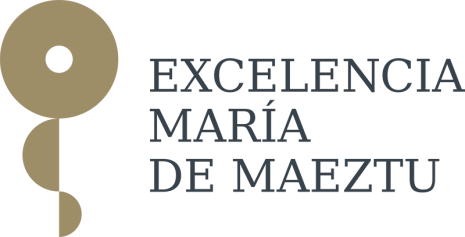Reverse isoperimetric inequality under curvature constraints
Kostya Drach Universidad de Barcelona
What is the smallest volume a convex body $K$ in $\mathbb R^n$ can have for a given surface area? This question is in the reverse direction to the classical isoperimetric problem and, as such, has an obvious answer: the infimum of possible volumes is zero. One way to make this question highly non-trivial is to assume that $K$ is uniformly convex in the following sense. We say that $K$ is $\lambda$-convex if the principal curvatures at every point of its boundary are bounded below by a given constant $\lambda>0$ (considered in the barrier sense if the boundary is not smooth). By compactness, any smooth strictly convex body in $\mathbb R^n$ is $\lambda$-convex for some $\lambda>0$. Another example of a $\lambda$-convex body is a finite intersection of balls of radius $1/\lambda$ (sometimes referred to as ball-polyhedra). Until recently, the reverse isoperimetric problem for $\lambda$-convex bodies was solved only in dimension 2. In a recent joint work with Kateryna Tatarko, we resolved the problem also in $\mathbb R^3$. We showed that the lens, i.e., the intersection of two balls of radius $1/\lambda$, has the smallest volume among all $\lambda$-convex bodies of a given surface area. For $n>3$, the question is still widely open. I will outline the proof of our result and put it in a more general context of reversing classical inequalities under curvature constraints in various ambient spaces.





